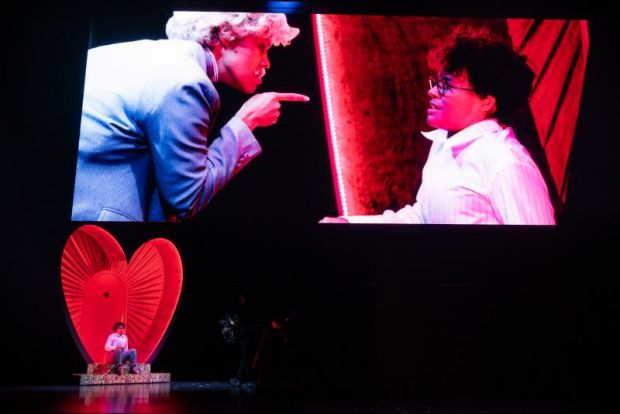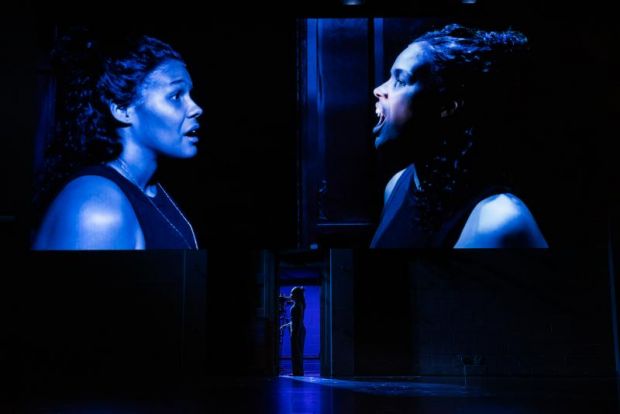Dracula
Technical wizardry and superlative acting marked this production, which breathlessly fuses two hours of performance and cinema in a smorgasbord of gothic horror, that entertains but does not frighten the audience.
On the way out, a member of the audience told me he thought it was so brilliant that he was left speechless.
This is the third and final of the trilogy of works adapted by outgoing Artistic Director of the Sydney Theatre Company Kip Williams.
The first, The Picture of Dorian Gray, was a recent hit on the West End and is Broadway bound. The second, which had three actors - The Strange Case of Dr Jekyll and Mr Hyde was not quite as successfully realized.
Dracula feels like a commercial hit which could also have a world-wide audience.
Kip Williams notes in the program that the original text of Dracula is more of an inner exploration of the central characters than the other two novels, because whilst they place the readers at a distance, Bram Stoker’s work comprises diary entries which reveal inner thoughts.

To emphasize this aspect, some of the camera angles are very close up, and we see right up the nostrils, and even get a glimpse of the tonsils of Zahra Newman at several points.
In one sense the production is traditional in that sections of the 1897 text are lifted verbatim and there is no modernization of the language.
The play opens on a blank stage (save for the large screen) as the first of the 23 characters portrayed by Newman enters.
It is the young solicitor, Jonathan Harker, on a business trip to Castle Dracula – a ruined battlement nestled deep in the wilderness where he becomes imprisoned. The back wall and a door at the back of the theatre became the entrance to the castle.
The first part of the production is dominated by the large screen with the action on stage serving the live film. For long stretches, Newman is not even looking at the audience but faces the roving or descending cameras - directing all attention to the screen.

The integration of the live performance and other characters pre-recorded is seamless. The choreography required for this, and live integration of vision onto screen, designed by Craig Wilkinson is head spinning.
Those wanting lashings of the traditional Dracula lore are not disappointed. There are plenty of vampires attacking the necks of victims with sharp teeth, garlic necklaces are adorned in futile attempts to ward off the monster, ghosts fly across the stage, litres of blood are sprayed about, and a stake is driven into a vampire’s heart. Yes, it is all a bit silly at times.
The peak of the artistry is reached when the action on stage is just as interesting as the cinema. A highlight was a scene set in a graveyard where the camera shoots through and around the frames of crosses.
Towards the end of the production comes the welcome introduction of singing (composed by Clemence Williams) which Newman - an accomplished music theatre performer - smashes.

A new pattern emerges for the screens in the shape of a cross, and the final scene - set outside during winter - is beautifully lit by Nick Schlieper.
At the end of the two-hour one act production, the audience spontaneously gave Zahra Newman a standing ovation – she just did not miss a beat, carving up all the characters. It was like enjoying the performance of a grand violinist.
An ovation too for the crew of 13 camera operators and stagehands. There was one actress, but she was aided by a phenomenal technical ensemble.
David Spicer
Photographer: Daniel Boud
Subscribe to our E-Newsletter, buy our latest print edition or find a Performing Arts book at Book Nook.

